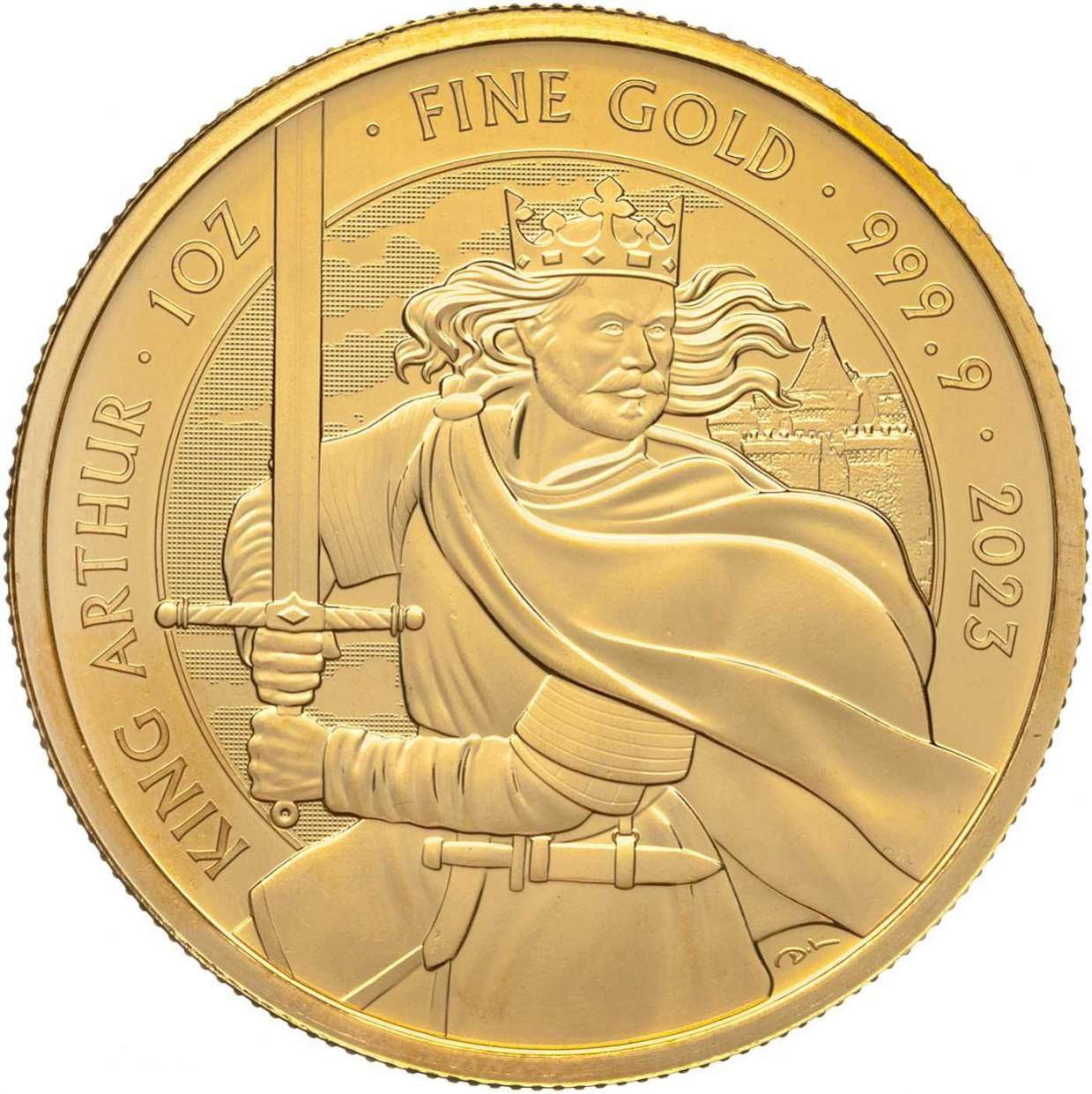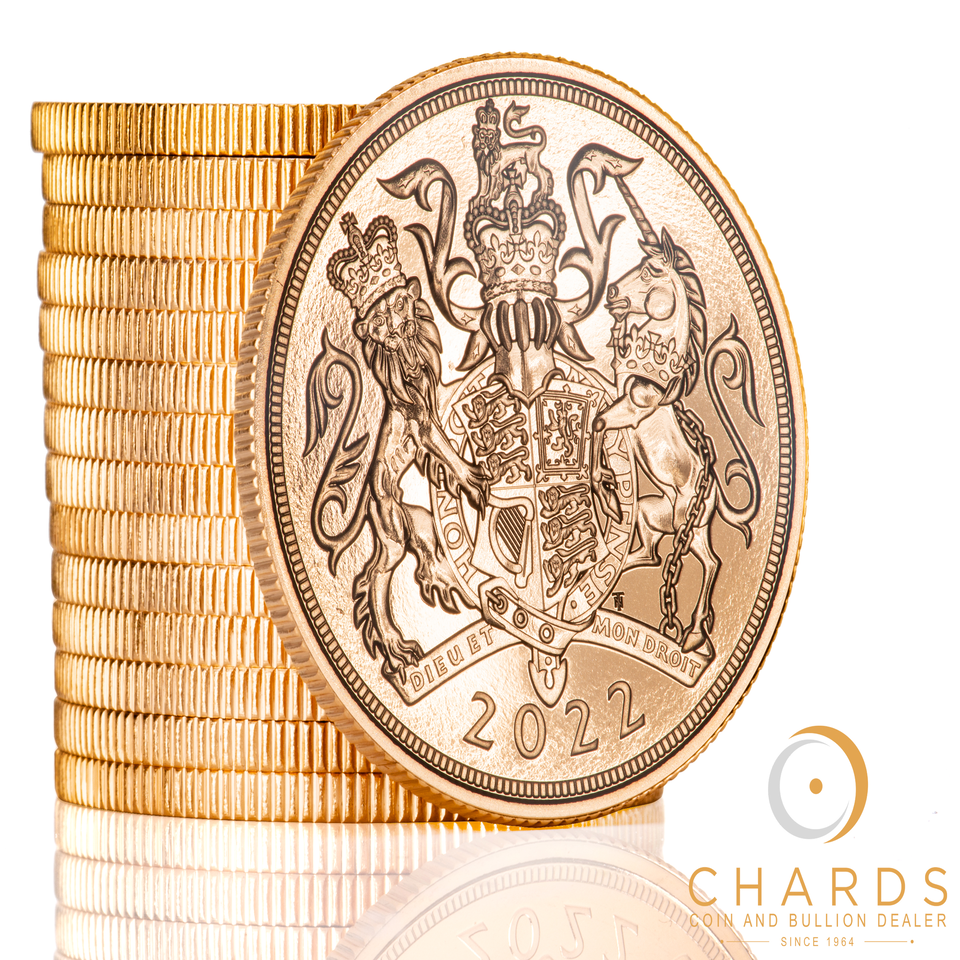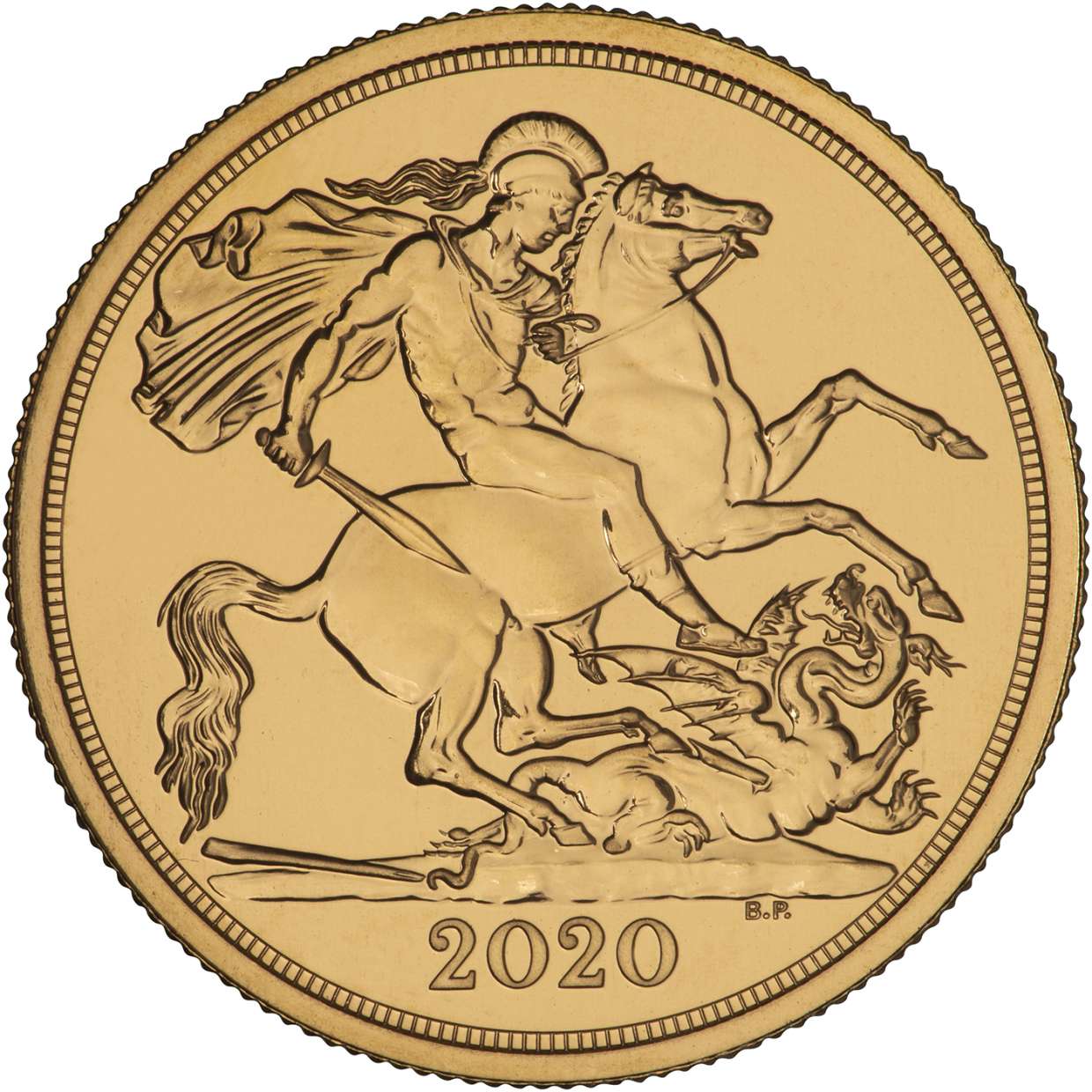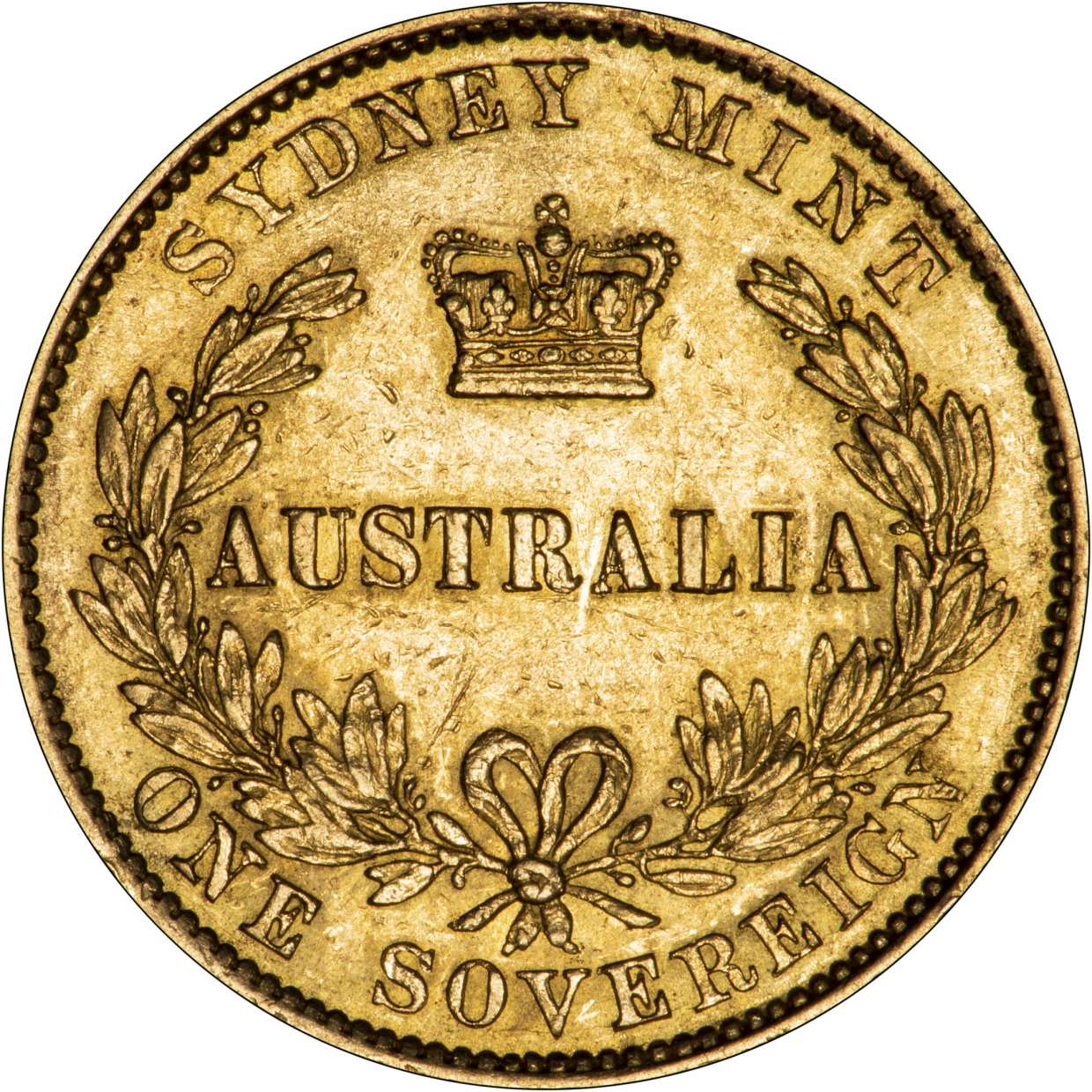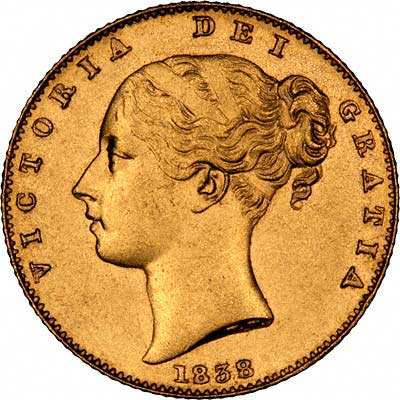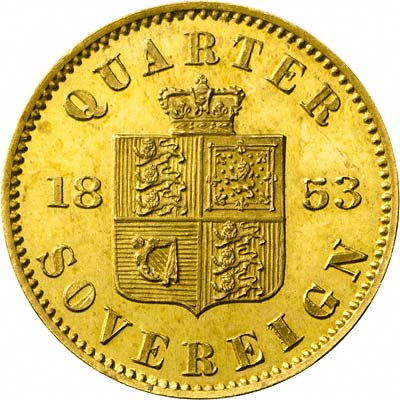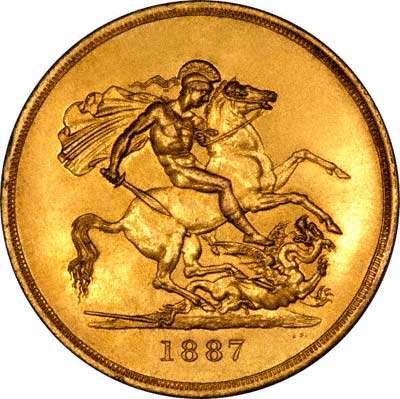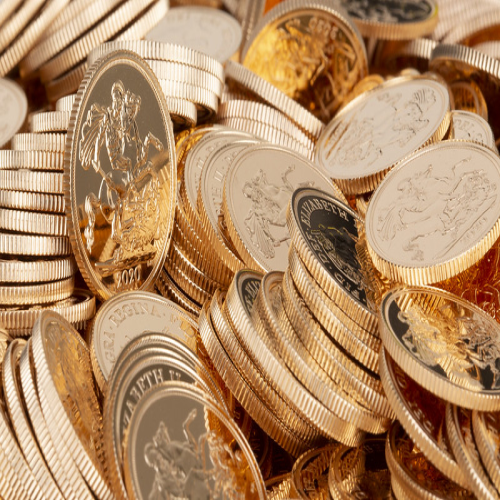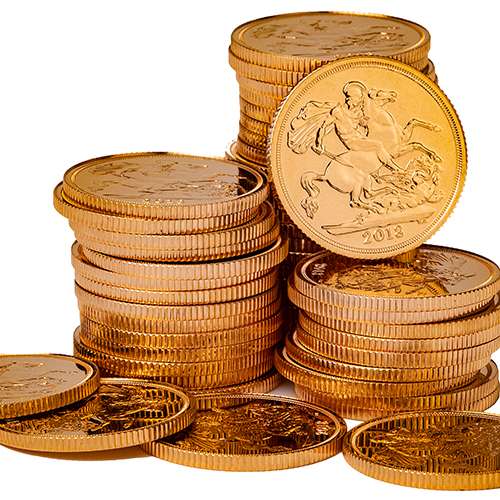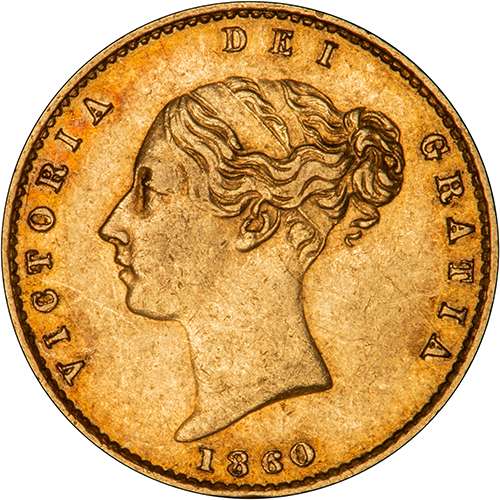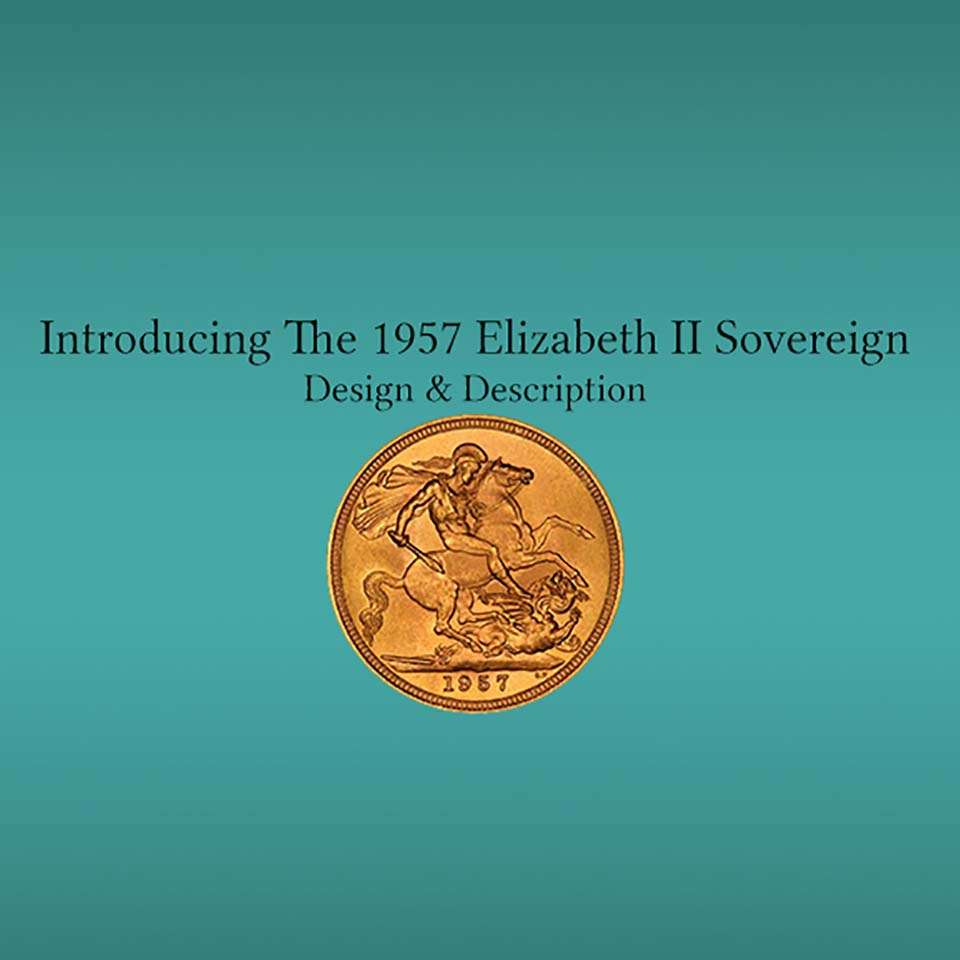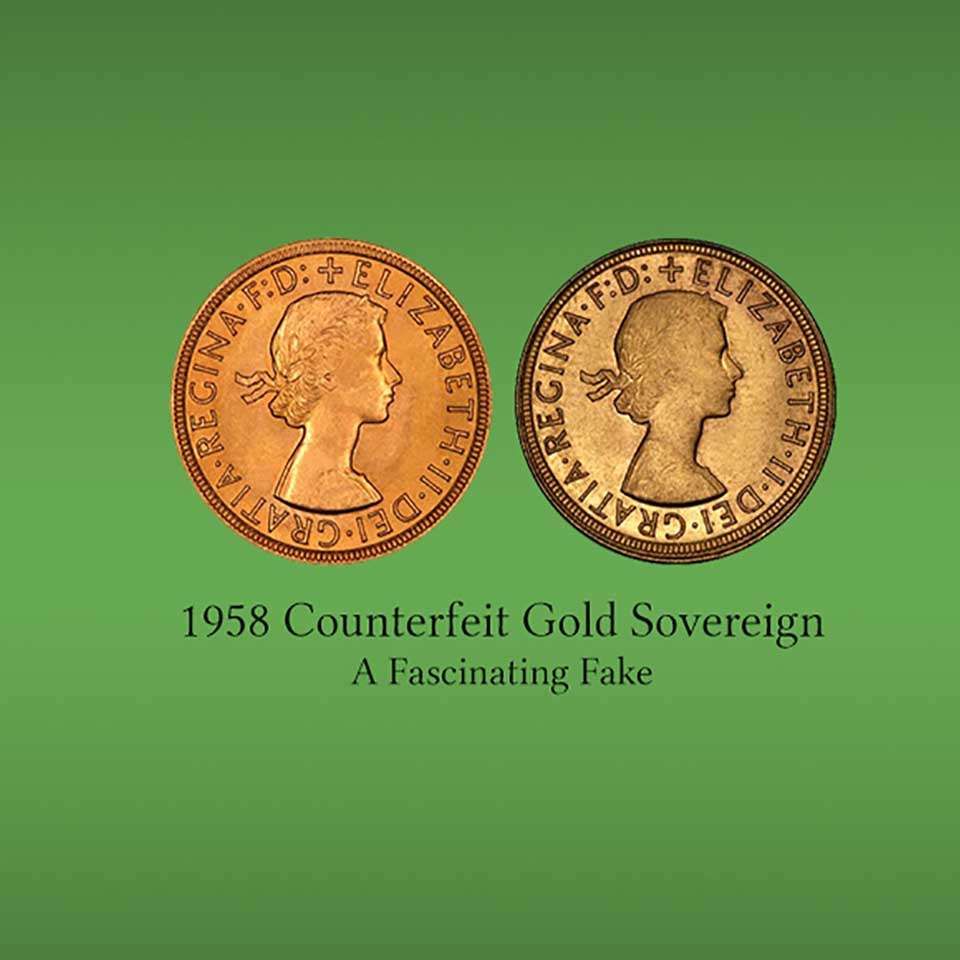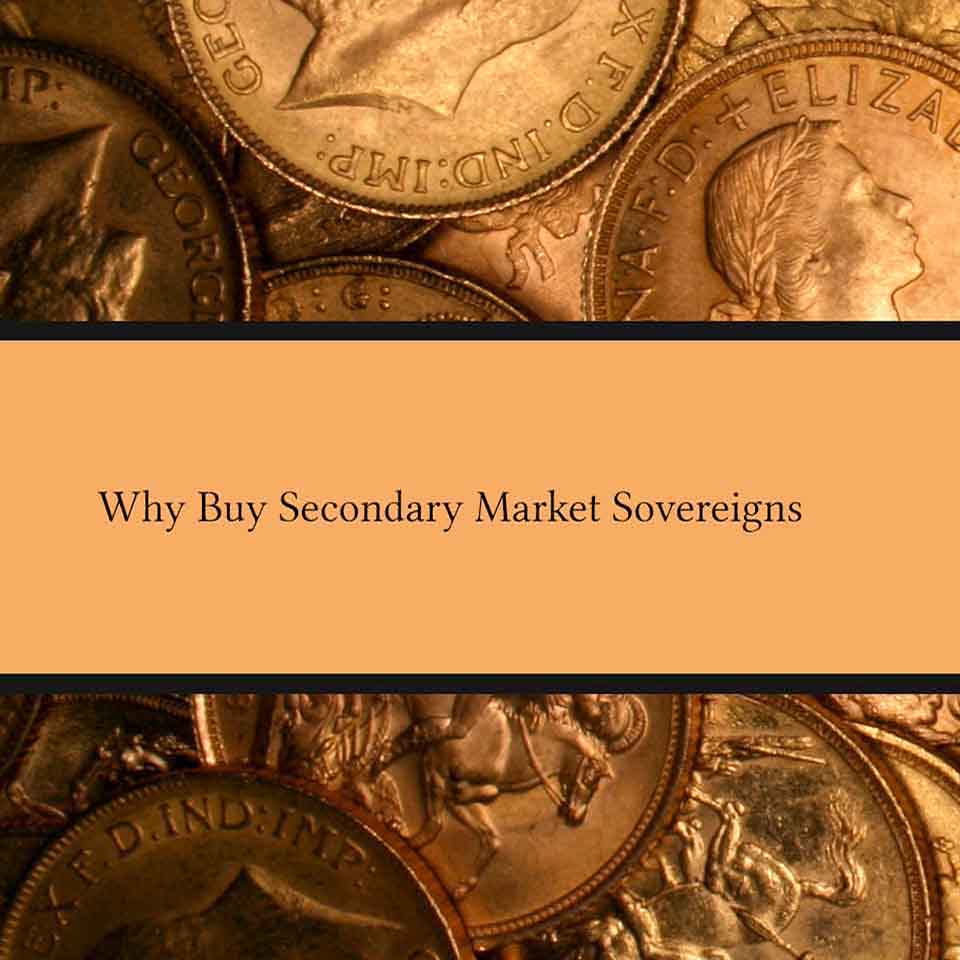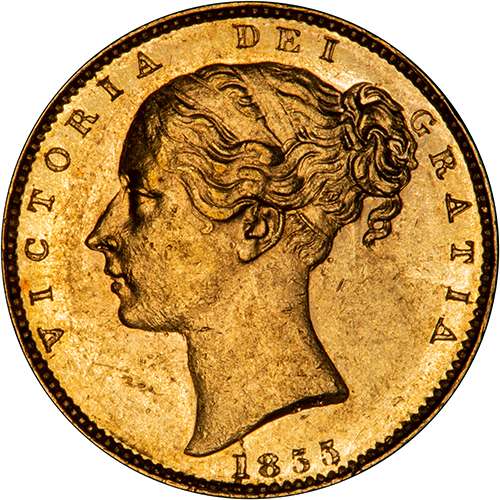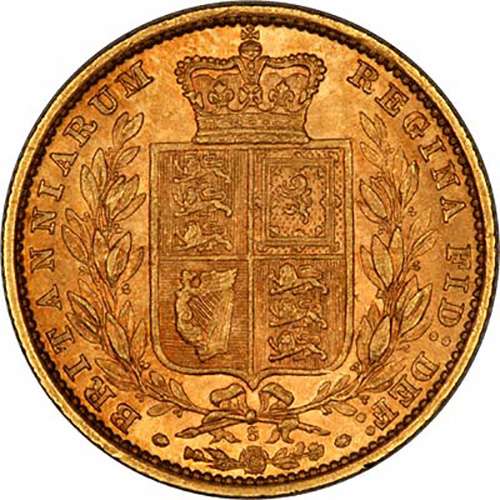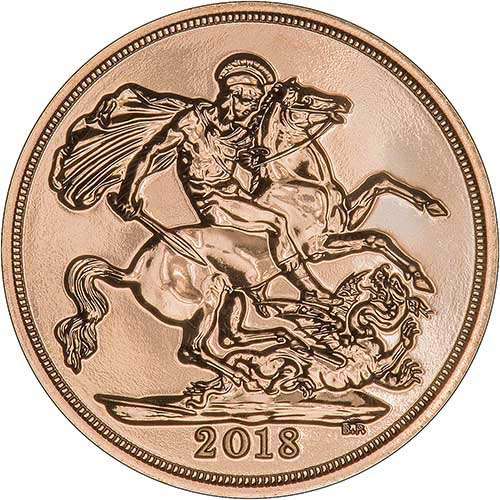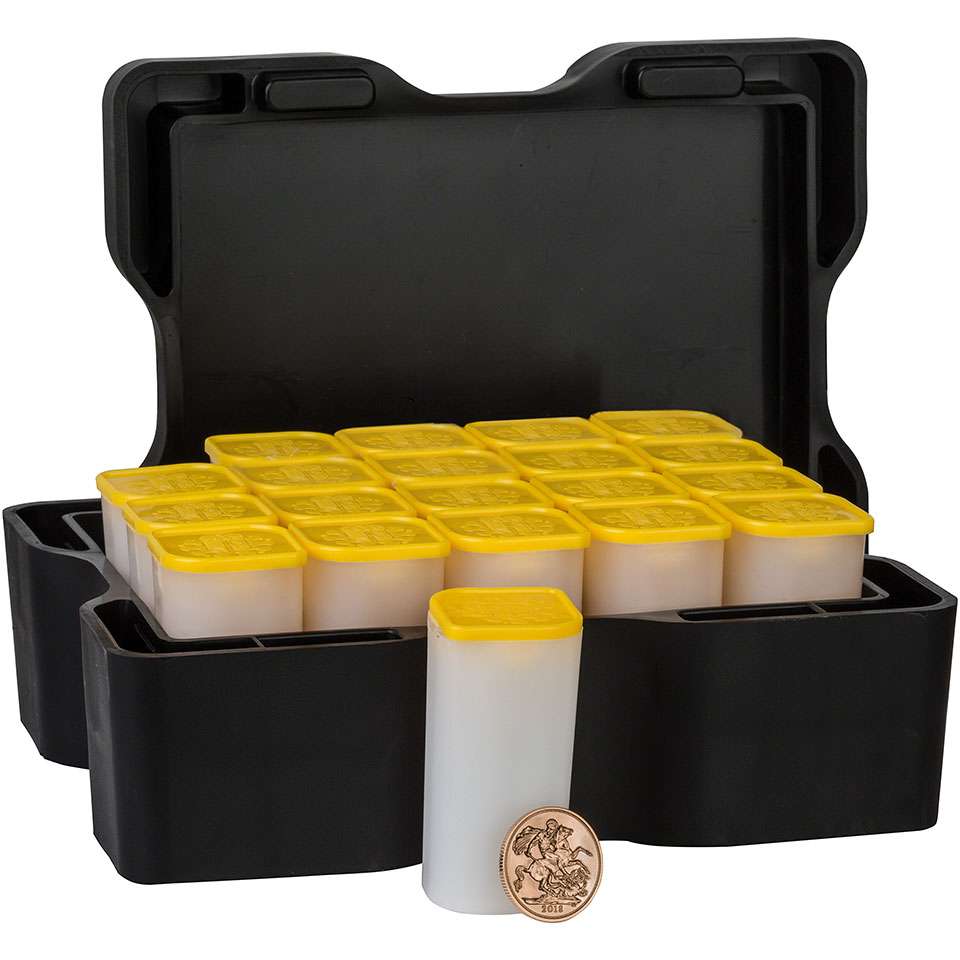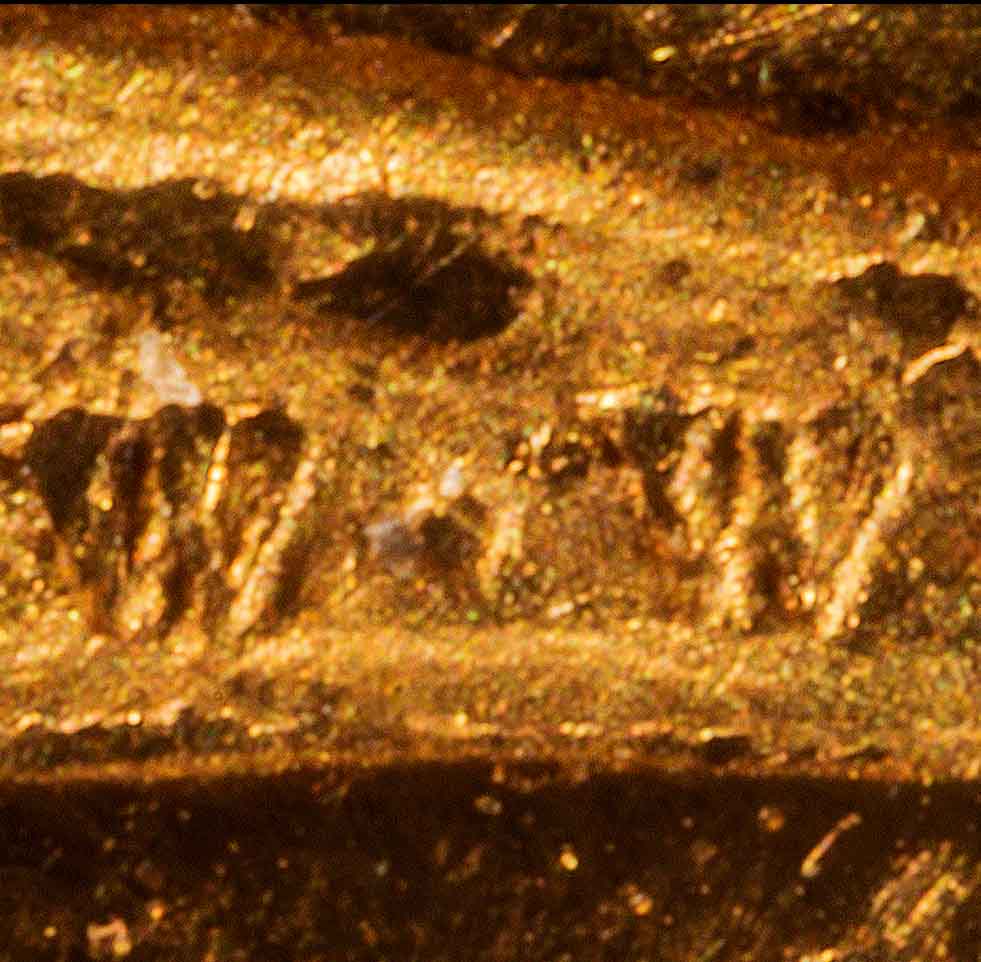Die Numbers on Victorian Sovereigns
Synopsis
On some London Mint sovereigns of Queen Victoria with the young head portrait and the shield reverse, die numbers can be found. They only appear on the second, larger type, young head, and only from 1863 to 1874. The die numbers can be found on the reverse of the coins, beneath the wreath but above the rose near the bottom of the coin.
Why Use Die Numbers?
There are many possible reasons for using die numbers. The most obvious is to be able to check and control the quality of the dies, particularly if experiments were being conducted into die wear. It is possible that different methods of treating and hardening dies may have been carried out, and die numbering would have helped to ascertain which methods of processing were most successful. Other possible reasons include quality and security control during production.
.jpg?1540568101143)
The First Overdie Number We Have Seen - 5 Over 4 (from an 1872 sovereign)
An Extra Dimension
Whatever the original purpose, there is no doubt that die numbers can add extra interest for coin collectors. It could be a challenge to attempt to acquire one of every die number for a particular date.
Die Flaws and Die Numbers
Most collectors will have realised that die flaws are fairly common on older coins, before say the twentieth century, mainly because die production had not been perfected, but also because many older coins were designed with higher relief (the design is raised relatively high above the field or flat part of the coin), and we believe that high relief coins are more aesthetically pleasing. Unfortunately high relief tends to increase die wear and damage, so that most modern coins are struck in relatively shallow relief.
It can be fascinating to find different specimens of the same coin showing different stages of die flaws and damage. This is particularly so with coins medals and tokens with low mintage figures, but for sovereigns which were issued in larger quantities, it is more difficult to find a series of coins showing progressive die wear. For the sovereign issues with die numbers, it becomes slightly easier to trace the progress of a particular die flaw with certainty that the specimens were produced by the same die.
Obverse Die Numbers
In 1863, a small number of sovereigns were struck with an obverse die number "827" on the truncation of the neck. These are very rare.


Mintmarks
Please see our page on mintmarks and how to find them.
Related Blog Articles
This guide and its content is copyright of Chard (1964) Ltd - © Chard (1964) Ltd 2024. All rights reserved. Any redistribution or reproduction of part or all of the contents in any form is prohibited.
We are not financial advisers and we would always recommend that you consult with one prior to making any investment decision.
You can read more about copyright or our advice disclaimer on these links.


